Discover insights from TE’s Jonathan Catchpole and a Zhaga Consortium representative as they explore the future of street lighting, market trends, and the evolution of Book 18.

Powering the Evolution of Street Lighting Technology
As cities and municipalities look to the future, smart lighting systems are a critical component of smart cities. TE offers reliable and innovative connectivity solutions that deliver increased functionality and capabilities in modern LED lighting applications.
Lighting the Way Forward: Two-Node vs. Single-Node Systems
For decades, cities have relied on single-node architecture to power their street lighting systems — each luminaire functioning independently with its own control mechanism. While this approach, standardized by ANSI C136.10, has served its purpose, rising energy costs and advancements in LED technology have driven the need for more efficient solutions. Enter two-node architecture—a smarter, more connected alternative designed to enhance energy efficiency and lighting control. Explore how this evolution is shaping the future of roadway illumination.
Join TE engineers Alex King and Jonathan Catchpole as they discuss how the LUMAWISE Endurance N Enhanced Base can help you bring your streetlighting control node to market faster, with greater reliability, and fewer engineering resources.
Hear from TE Connectivity experts as they dive into two-node architecture technology and its role in advancing the lighting industry.
Two-Node Architecture

Two-node architecture transforms LED street lighting into a powerful asset for smart cities, offering greater control, enhanced energy efficiency, and advanced functionality. Unlike traditional systems, this design goes beyond simple illumination, enabling optimized lighting performance and real-time data collection. By integrating two-node architecture with LED lighting systems, cities can reduce energy consumption, improve lighting management, and lay the foundation for a more connected, sustainable urban environment.
Learn More!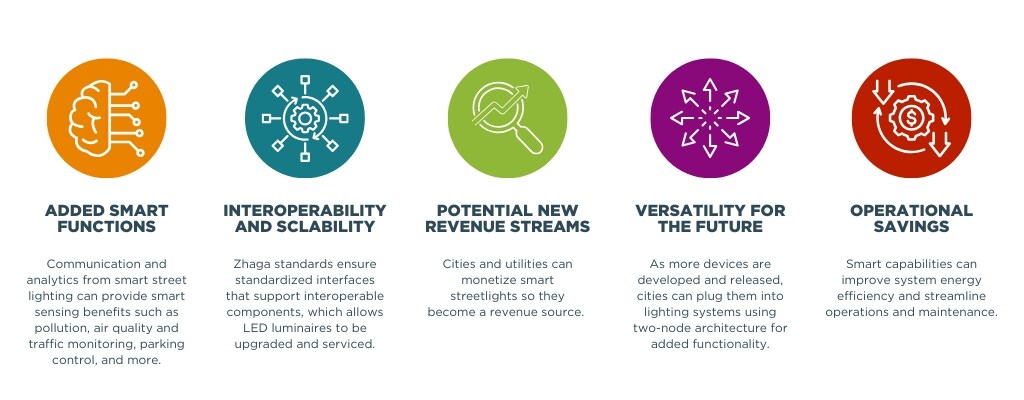
Hybrid Two-Node Architecture

Simplify street and area lighting with a hybrid two-node architecture that combines the reliability of ANSI C136.41 with the open simplicity of Zhaga Book 18. An upward-facing node (photocontrol or communication node) connects via a 7-pole ANSI C136.41 interface, while a downward-facing node (e.g., motion sensor) enhances functionality. Both nodes and the luminaire are Zhaga-D4i certified, ensuring seamless wiring, compatibility with Zhaga Book 18 sensors, and support for smart city infrastructure—delivering a future-ready lighting solution with advanced digital communication.
Learn More!Single-Node Architecture

Explore single-node architecture for street lighting, which can involve stand-alone or connected nodes that are plugged into each luminaire, with the main purpose of providing simple on-and-off control at night. Recent developments also allow for dimming during fixed periods of the night. Single-node architecture remains an option for today’s street lighting applications, often implemented where the need for smart city infrastructure is limited.
Learn More!









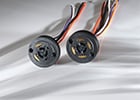
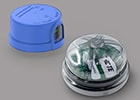
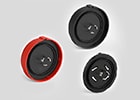
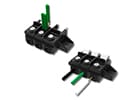
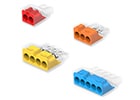
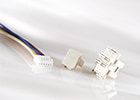
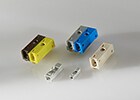
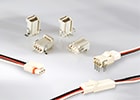
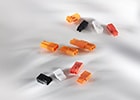

 e
e
 e
e



